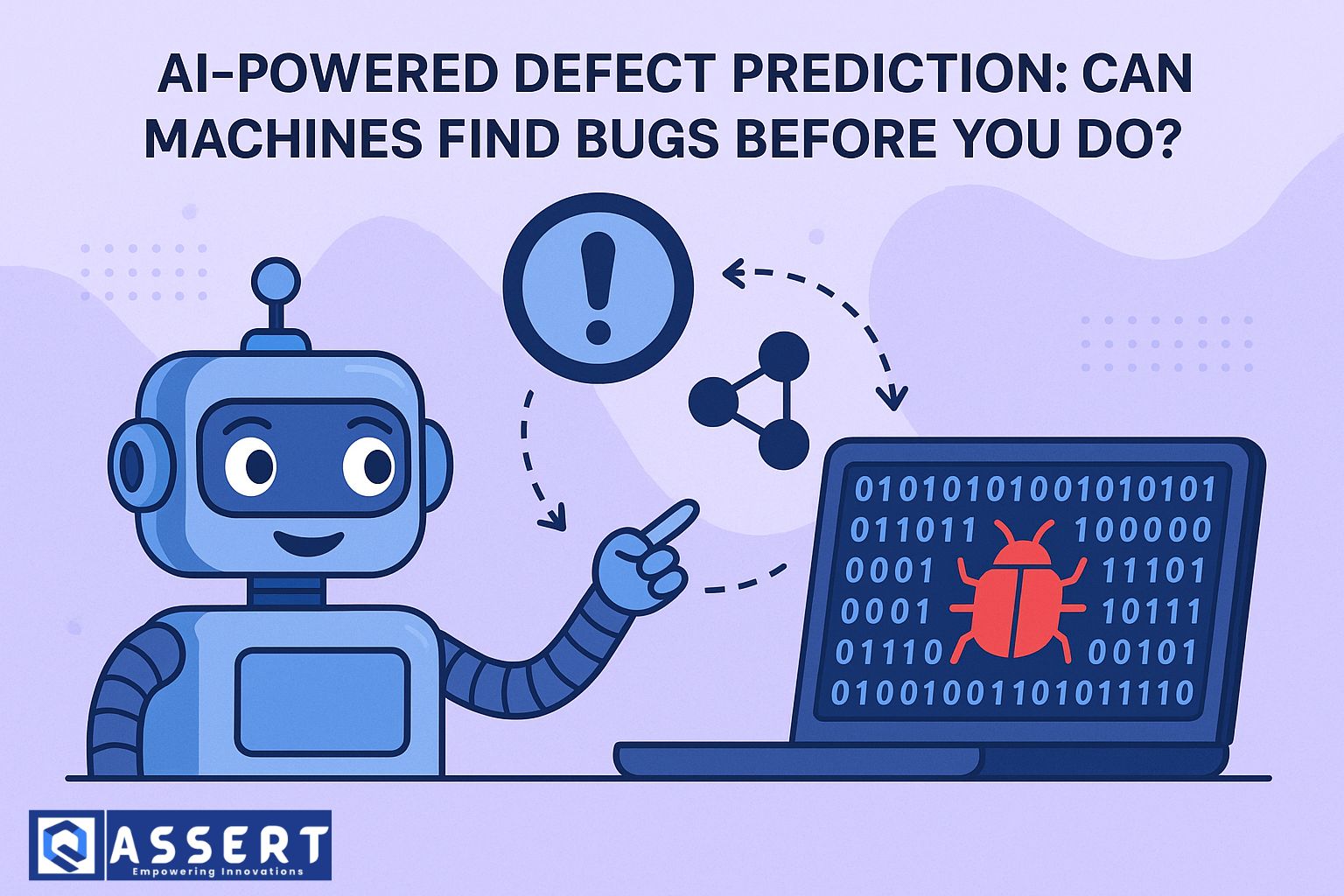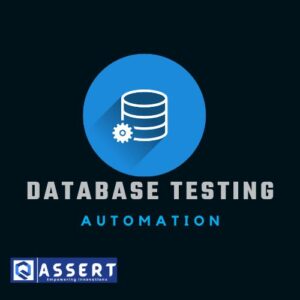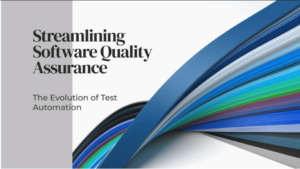Have you ever wished your testing tool could warn you about bugs before you even start testing? That’s what AI-powered defect prediction aims to do. By learning from past test data, machine learning models can now predict where defects are most likely to occur — even before code is tested.
What Is AI-Powered Defect Prediction?
AI-powered defect prediction uses machine learning algorithms to study past code changes, test results, and bug reports. The system learns patterns from this data and predicts which parts of the software may contain bugs in the future.
In simple terms, it’s like a smart assistant that says, “Hey, this code looks risky — you might find bugs here!”
How It Works
The process of AI defect prediction usually involves:
-
Data Collection – Gather data from bug tracking tools (like Jira), version control systems (like Git), and test results.
-
Feature Extraction – Analyze metrics such as code complexity, change frequency, and developer history.
-
Model Training – Use machine learning algorithms to find patterns between code characteristics and past defects.
-
Prediction – Identify modules or files with a high probability of defects before testing even begins.
Benefits of AI Defect Prediction
-
Early Bug Detection: Catch bugs before manual or automation tests run.
-
Save Time: Focus testing only on risky areas, reducing unnecessary test runs.
-
Lower Costs: Early fixes are much cheaper than post-release bug fixes.
-
Better Quality: Continuous learning improves accuracy over time.
Real-World Use Cases
-
Microsoft and Google use AI models to analyze commit data and spot risky code changes.
-
Jira plugins can integrate ML models that auto-flag potential defect areas.
-
Tools like TestSigma and Applitools are exploring AI-driven analytics for proactive quality checks.
Challenges to Consider
While AI sounds magical, it needs:
-
Large datasets to train accurately.
-
High-quality data — inaccurate bug reports can mislead the model.
-
Continuous monitoring, since software evolves with every release.
The Future of Testing
AI defect prediction is not here to replace testers. Instead, it helps them test smarter by focusing efforts where issues are most likely. The combination of human intuition and AI prediction creates the perfect balance for efficient quality assurance.
Conclusion
AI-powered defect prediction is changing how we think about software testing. With the help of machine learning, teams can now predict, prevent, and prioritize defects more effectively. The future of testing is not about finding bugs faster — it’s about avoiding them altogether.




